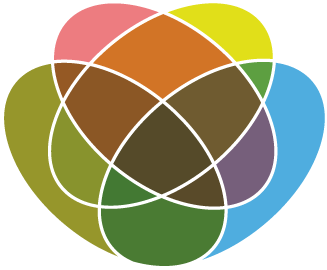Resources for JEDI-Informed Teaching of Statistics
Pedagogy, research, and professional development

This document lists numerous social justice topics.
This spreadsheet contains data collected on challenged book (not banned books) in the US across 3 years. The purpose of the data is to compute conditional probabilities from data in a contingency…
This example addresses perceptions of equity and covers multiple introductory statistical concepts.
This plugin created for CODAP links to data from the Fatal Encounters website. This website was created as an effort to document people in the United States who were killed during interactions…
Engaging and motivating students in undergraduate statistics courses can be enhanced by using topical peer-reviewed publications for analyses as part of course…
Some research has suggested that groups of people working on a task can do better if the group is more diverse, since diverse group members can suggest more creative ideas and make better…